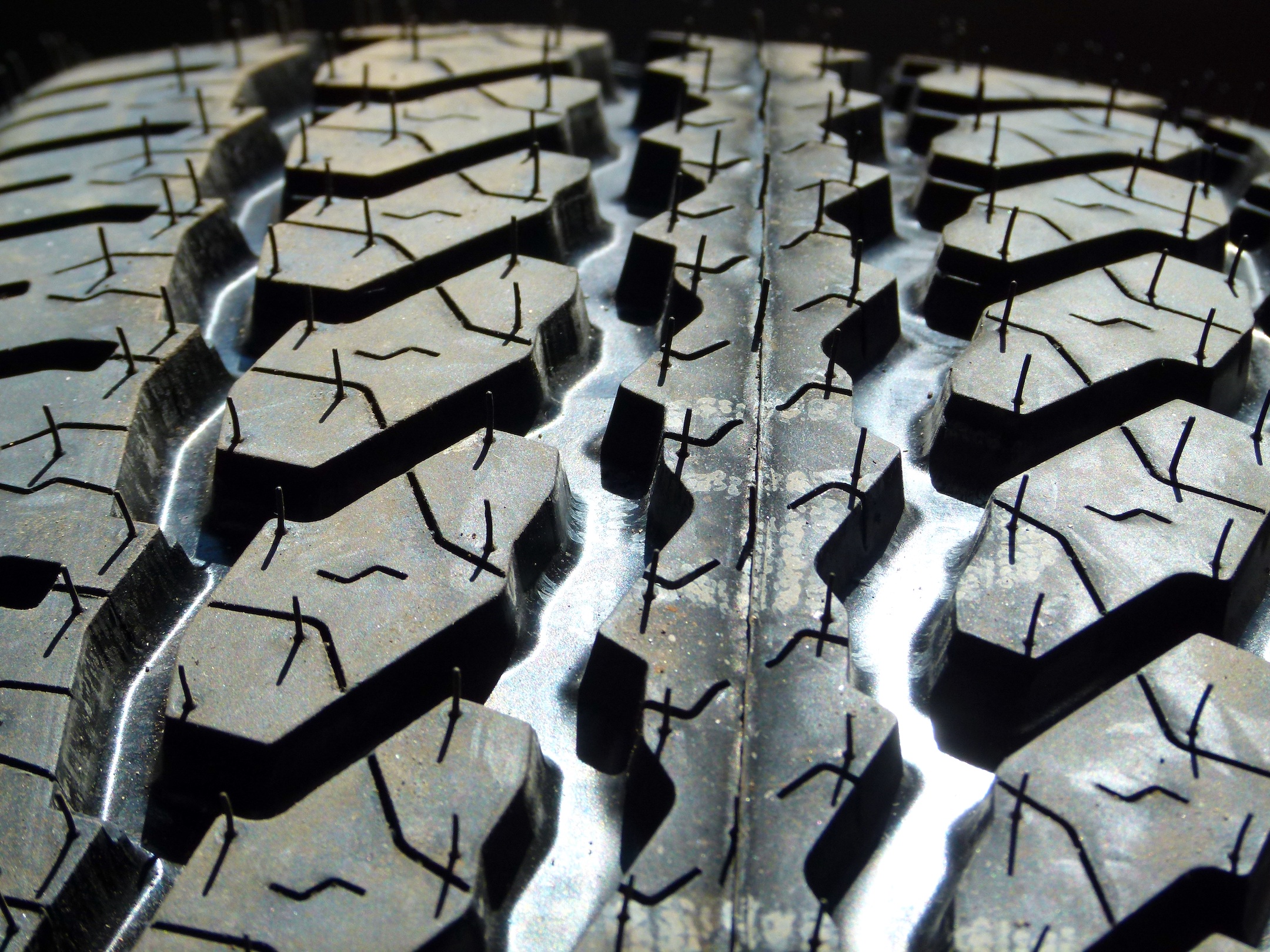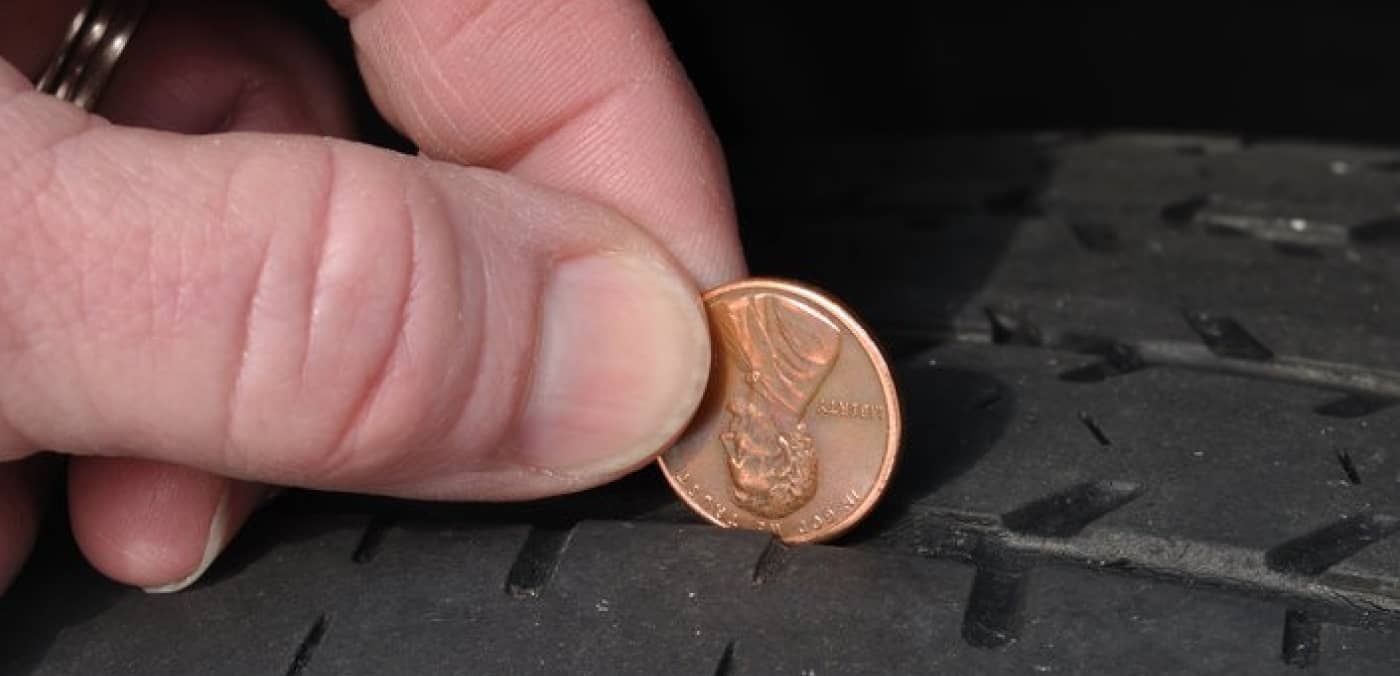Your Shopping Cart
Your cart is empty.
Subtotal ( items)
Instant Rebate Applied:
Promo Code Applied: ID.me Discount Applied:
Have a Promo Code?
Size:
Item
Item
Selected for:
/ each
Add-Ons
Wireless air pump capable of pumping up to 150 psi with 2000 MAH power bank.



Fully protect your clothes and vehicle interior during transportation of your tires. For Tires up to 31" tall and wheels up to 22".
Per sensor
Add TPMS Sensors
/per sensor
Please confirm the make, year, model and trim of the vehicle you want to purchase for:
How many sensors do you need?
The vehicle you have selected is not compatible with aftermarket TPMS Sensors.
Enter a different vehicle to add TPMS sensors

 Front Tire Size:
Front Tire Size:
 Rear Tire Size:
Rear Tire Size:
 Your Vehicle:
Your Vehicle:
Pros & Cons of Staggered Fitment

Attractive Design

Improved Handling

Improved Cornering
Bumpier Ride
Poor Traction in Snow
How do I find my tire size?



Need help?
 Your Vehicle:
Your Vehicle:
Pros & Cons of Staggered Fitment

Attractive Design

Improved Handling

Improved Cornering
Bumpier Ride
Poor Traction in Snow
How do I find my tire size?



Need help?
Pros & Cons of Staggered Fitment

Attractive Design

Improved Handling

Improved Cornering
Bumpier Ride
Poor Traction in Snow
Need help?
Need help?
How do I know if I have an LT tire?

 Your Vehicle:
Your Vehicle:
Sorry, we could not find any available
wheels for your sizing selections.
Need help?
How to Check Tire Tread: 3 Tire Tread Tests You Can DIY
By Tire Agent Staff
February 21, 2022
When you buy new tires for your vehicle, you care about how long they will last. Tire manufacturers offer tread-life warranties, and depending on which model you choose, the warranty could last anywhere from 30,000 to 90,000 miles. However, tread warranties are only one way to determine when to replace tires. Check out our in-depth report on how often you should replace your tires for more tips.
According to the National Highway Traffic Safety Administration, you should start thinking about replacing tires after six years, even if they're within the warranty. That's because several factors could decrease the mileage you can get from tires. To dive deeper into aging tires, read our post on dry rot in tires.
Your driving style, the type of vehicle you drive, and the quality of roads you drive on can all impact a tire's lifespan. But you don't need to wait for a warranty to tell you when it's time for a change.
For now, let's focus on measuring tire tread. There are simple ways to check your tire's tread to guide you on when to replace them. You should start checking tire tread depth every 3,000 miles (or if it's easier to remember, do it with every oil change). Here are three ways to quickly get the job done.
1. Penny test for tire tread
The easiest way to check your tire tread depth is to use the penny test. Take a penny and place it with Lincoln’s head upside down between two ribs on your tire.
If part of the head is covered, your tires are still in good shape. If you can see his entire head, your tread is worn to 2/32 inch or less, and it’s time for new tires.
Make sure to check various points on the tire — around the circumference and between different ribs — to look for uneven tire tread wear.
Make sure Lincoln is facing you. If you can see all of Lincoln's head, your tire tread depth is less than 2/32 inch, and it's time to replace your tires.
Source: Bridgestone
You can also do the test with a quarter. Insert a quarter into your tire's tread groove with Washington's head facing down and toward you. If the tread surpasses the top of Washington's head, it's above 4/32 of an inch and is in good shape.
Don't check just one point on a tire -- check several points to ensure even wear of your tire.
If the tread is flush with the top of Washington's head, it's at 4/32 of an inch. Now you're on the borderline of safety, and it's time to start thinking about replacing the tire. The low tread isn't safe because it leads to reduced traction, increasing the distance needed to stop and putting you at a greater risk of getting a flat.
2. Check built-in tread wear indicators on your tire.
Most modern tires have built-in visual indicators to help you know when to replace them. These are called tire wear bars, and they are built into the tire itself.
They're spaced evenly throughout the tire's tread so that as the tire wears closer to that 2/32 inch mark, the wear bar becomes more visible. When the tread is even with the wear bar, it's time to replace the tire.
Want more details on tread wear indicators? Check out our article on what tread markers on tires mean. It has tons of helpful information, including photos.
3. Use a tire tread depth gauge.
While the coin test and tread bar indicators are very reliable ways to check your tires' depth, the most reliable way to check is with a gadget called a tire tread depth gauge. A tire gauge isn't necessary, unless you're into gadgets and math, and, hey, no judgment here.
You can find tire tread depth gauges for purchase online or at your local auto parts store. They are super easy to use.
Simply measure your tire's tread depth by sticking the probe into the shallowest groove on the tire. Then, press the probe's shoulders flat against the tread and read the results. Easy peasy.
Tire tread depth chart
Here's how to interpret the results:
- 6/32 of an inch or higher: Your tire’s tread depth is adequate.
- 5/32 of an inch: Consider replacing your tires if you are worried about driving on snow-covered roads.
- 4/32 of an inch: If you drive on roads that are often wet, think about replacing your tires.
- 3/32 of an inch: Your tires are almost worn out, and it's seriously time to start thinking about replacing them.
- 2/32 of an inch or lower: You're now in the danger zone with legally bald tires. Replace them ASAP.
That's it, that's the list. You now know three simple ways to check tire tread, and we recommend doing it regularly. It's an easy way to stay safe and comfortable on the road.
How to Qualify for the $50 Offer
- Add items to your cart and begin checkout.
- Select PayPair and apply for financing.
- If you’re approved by a participating lender, you’ll see a $50 promotional rebate applied to your order total.
-
To receive the $50, you must:
- Complete your purchase with a qualifying lender,
- Agree to the payment terms,
- And make the required number of consecutive on-time payments, as specified by the lender.
Note: Offer available only through select lenders. Additional eligibility requirements and conditions apply. Rebate may be issued after verification of qualifying payment activity. Terms subject to change.
How to Purchase Tires and Wheels
With a Payment Plan
Tire Agent's payment plans make it easy to get the best partial or full set of tires and wheels for your vehicle.
It's fast, secure and won't affect your credit score
Match with multiple lenders
Why Choose PayPair?
PayPair’s Partners and Plans

No Money Down

No Money Down

No Credit Needed*

No Money Down

$1 to Start!*

No Money Down

No Credit Needed*

$1 to Start!*

No Money Down
Other Payment Plans

$0 to Little Down

Pay with your bank account

Simplified checkout experience

Faster and easier than using cards or cash

Simplified checkout experience

Faster and easier than using cards or cash
*SNAP: The advertised service is a lease-to-own agreement provided by Snap RTO LLC. Lease-to-own financing is not available to residents of Minnesota, New Jersey and Wisconsin. NO CREDIT NEEDED: Not all applicants are approved. While no credit history is required, Snap obtains information from consumer reporting agencies in connection with applications, and your score with those agencies may be affected. PAYMENT PLAN: The standard plan consists of renewable lease terms. To exercise an early ownership, consumers must make regular payments on time and schedule additional payments via the customer portal or by contacting Customer Care at 1-877-557-3769. KATAPULT: The Promotional Initial Payment (plus any applicable taxes and fees) is due at lease signing. Your lease-purchase payment amount will be determined after you select your product(s). You will not acquire ownership of the product(s) if the total amount necessary to acquire ownership is not paid. The Promotional Initial Payment does not reduce the cost of the lease-purchase agreement. The Promotional Initial Payment is only available when shopping at Tire Agent through the Katapult mobile app and at Tire Agent’s website. Product pricing subject to change and availability. Disclosure: 90-day early purchase option (EPO) terms and conditions apply: 90-Day (3 months in CA) You can buy out your lease-to-own agreement within the first 90-days. This amount includes the cash price, plus the lease-to-own cost for the first 90-days. Taking advantage of the 90-day purchase option will save you the most money! PROGRESSIVE: Ownership by rental/lease agreement with Progressive Leasing costs more than the retailer’s cash price. Select items only. Cancel or purchase early at any time. Not available in MN, NJ, VT, WI, WY. Progressive Leasing obtains information from credit bureaus. Not all applicants are approved. Standard agreement offers 12 months to ownership. 90-day purchase options cost more than the retailer’s cash price (except 3-month option in CA). To purchase early or to cancel lease, you must call 877-898-1970. Retailer cannot activate early purchase options.


